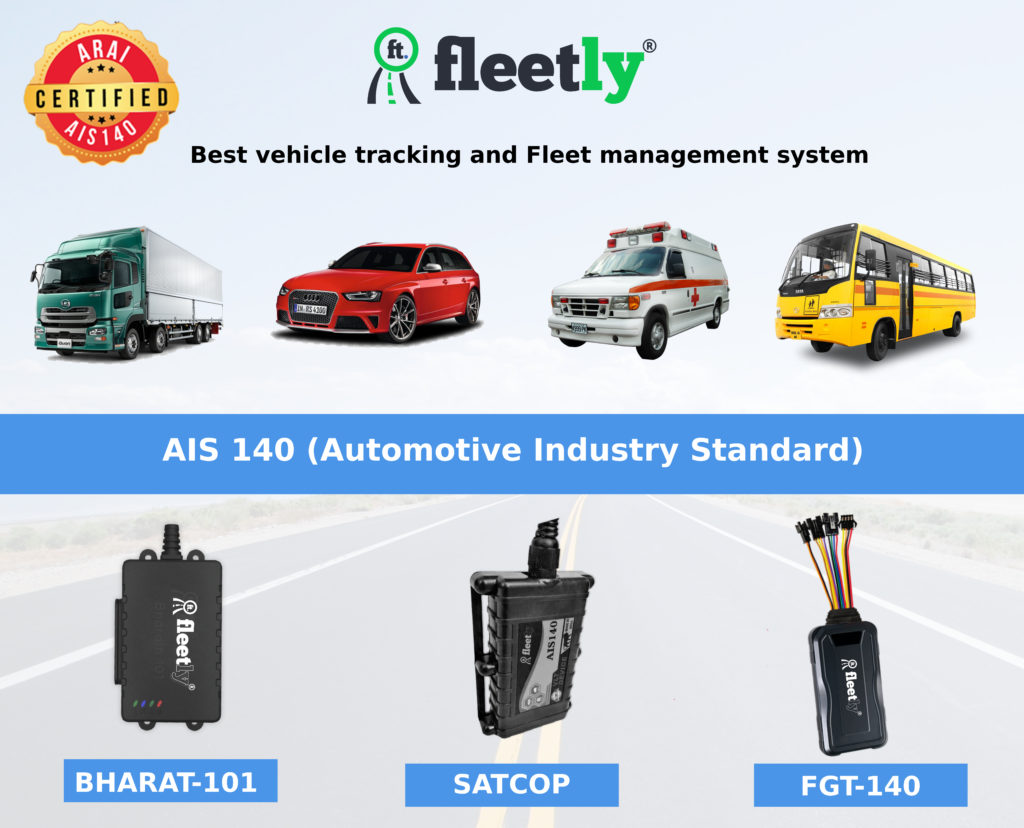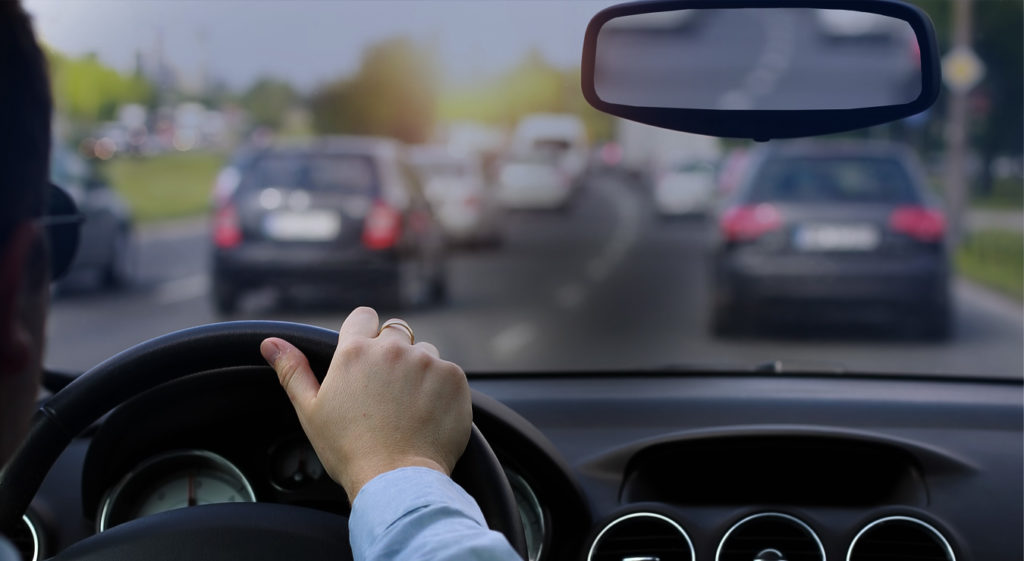The number of cars using roads is increasing by leaps and bounds as road networks improve across the country and additional highways are created. This results in traffic congestion, which may be a daily issue for commuters, drivers, traffic cops, and others. Services linked to traffic management and modes of transportation may be developed using an intelligent transport system (ITS), which allows users to have greater access to information and use transportation networks in a more efficient and timely manner.
We rely significantly on public transit for our day-to-day job, given the state of the Indian transportation business. There have been situations in the past where passengers have suffered directly or indirectly as a result of a lack of surveillance and fleet management. After much deliberation, the authorities came to the conclusion that the market was in desperate need of an update. Safety features, vehicle tracking systems, GPS, driver monitoring devices, and other improvements were identified. Is there, however, a universal answer for so many needs? There indeed is, and it’s the AIS-140 Standard. So, This whitepaper will look at AIS-140 and the difference between anticipation and actuality.
AIS-140
On November 28, 2016, the Ministry of Road Transport and Highways passed an act to ensure passenger safety and vehicle management. As a result of the mandate, the ARAI (Automotive Research Association of India) produced a set of standards that combines a vehicle tracking system, a video surveillance system, and an emergency request button. The Automotive Industry Standard 140 is the name of this collection of guidelines (AIS-140).
The latest and most modern Automotive Industry Standard, AIS-140, was adopted to make a journey safer for passengers and easier for drivers. According to AIS-140 standards:
- All public and commercial vehicles must be equipped with a GPS tracking system, an emergency button (also known as a panic button or SOS button), and a video surveillance system.
- This will also help the concerned authorities find the car because they will receive continuous updates on its whereabouts and will be able to track it down in the event of an emergency.
- In the event of a disaster, there is also an option for the passenger to directly alert the authorities in the control room using the dedicated panic button.
The system-level approval and the vehicle-level approval are both parts of the Intelligent Transportation Systems (ITS) AIS. The approval at the system level is necessary to ensure that the current operating vehicle is capable of working with the ITS system. This will allow the ITS backend infrastructure to develop in tandem with the State Road Transport Undertakings in the long run (STUs). It will also guarantee that all operating cars capable of coping with the system, not only new vehicles, are fitted with the AIS to make the infrastructure more responsible.
Challenges that lead to the adoption of AIS-140
With the rise in the number of cars, there has also been a rise in the number of accidents and deaths as a result of them. The Indian government implemented AIS 140 in response to the growing turmoil caused by these incidents and the declining rate of road safety. For all public-use vehicles, it is referred to as a critical intelligent transportation need. The AIS 140 devices are part of the Intelligent Transportation System (ITS), which is designed to assist ensure and improve road safety in India.
- Alerts & Emergency Notifications
During the situation of a huge accident, the time it takes for any person to contact the government authorities and let them know of the situation causes a huge delay in the arrival of relief and emergency personnel. And with the AIS-140 system in place, it is required to have at least one SOS button in a vehicle that is accessible to drivers and passengers alike. This would drastically shorten reaction time in the event of an accident, and it could also be used to easily notify government officials in the event of a disaster involving the car.
- Behavior of drivers
If you have a fleet and aren’t sure how your drivers are treating your vehicles, it might lead to road accidents. With AIS-140, you can maintain track of your driver’s conduct on the road to determine whether they’re trustworthy and fit for the task at hand if they’re speeding, driving rashly, harsh braking, or performing any other unprofessional conduct during driving.
- Non-optimized systems depleting work efficiency
Previously, without any system in place, it would take too much time for any person related to the road safety and fleet management system to take measures for recovering from a calamity. But Not only would you be enhancing the safety of your cars on the road by using the features of AIS-140, but you would also be raising your job productivity and production, which would lead to a higher customer satisfaction rate, and therefore better client acquisition.
Roadmap of Implementation of AIS-140 & Current Scenario
Within a year of the deployment of AIS-140, it was envisaged that all cars will have AIS-140 components. Even if all of the components were not completed, the goal was to complete the most important ones. So, below are the crucial components under AIS-140 that were meant to be installed mandatorily in vehicles:
- NavIC location tracking
- GPS assisted 3-axis accelerometer and gyroscope
- Internal 4-hour battery backup
- IMEI number or unique ID
- Emergency response
- Alert ID when pressing the emergency button
- Surveillance cameras
- PVT data requires dual IP addresses
- PVT data should be reported to specified backend government systems
- E-SIM may work in a range of voltages from 8 to 32 volts
In 2015, India saw an increase in sophisticated cab services. It’s been more than five years, and these cab services have effectively supplanted all traditional cabs in most major areas. Despite the fact that these modern transportations feature GPS, an emergency button was found to be absent from the majority of the transports.
The irony is that even if the emergency button is present, the passenger is either unaware of it or has it concealed from view. This is one of the reasons why individuals continue to have problems when traveling, and public transportation receives frequent reports of harassment or poor behavior. So, at present, the AIS-140 standard lacks in the majority of the vehicles on the roads of India and needs a solid strategy to deal with the road transport challenges in the country.
Conclusion
There is no doubt that the possibilities for transportation are infinite, given the global expansion of Artificial Intelligence and the Internet of Things. Furthermore, these technologies, when combined with future deep learning technology, will undoubtedly make the AIS-140 far more efficient for both passengers and authorities to adopt. It will only be a matter of time until these technologies become commonplace in the transportation sector. Data processing and administration have already been made much easier thanks to cloud technologies. Similarly, Machine Learning and AI will collaborate with transportation in the future.






